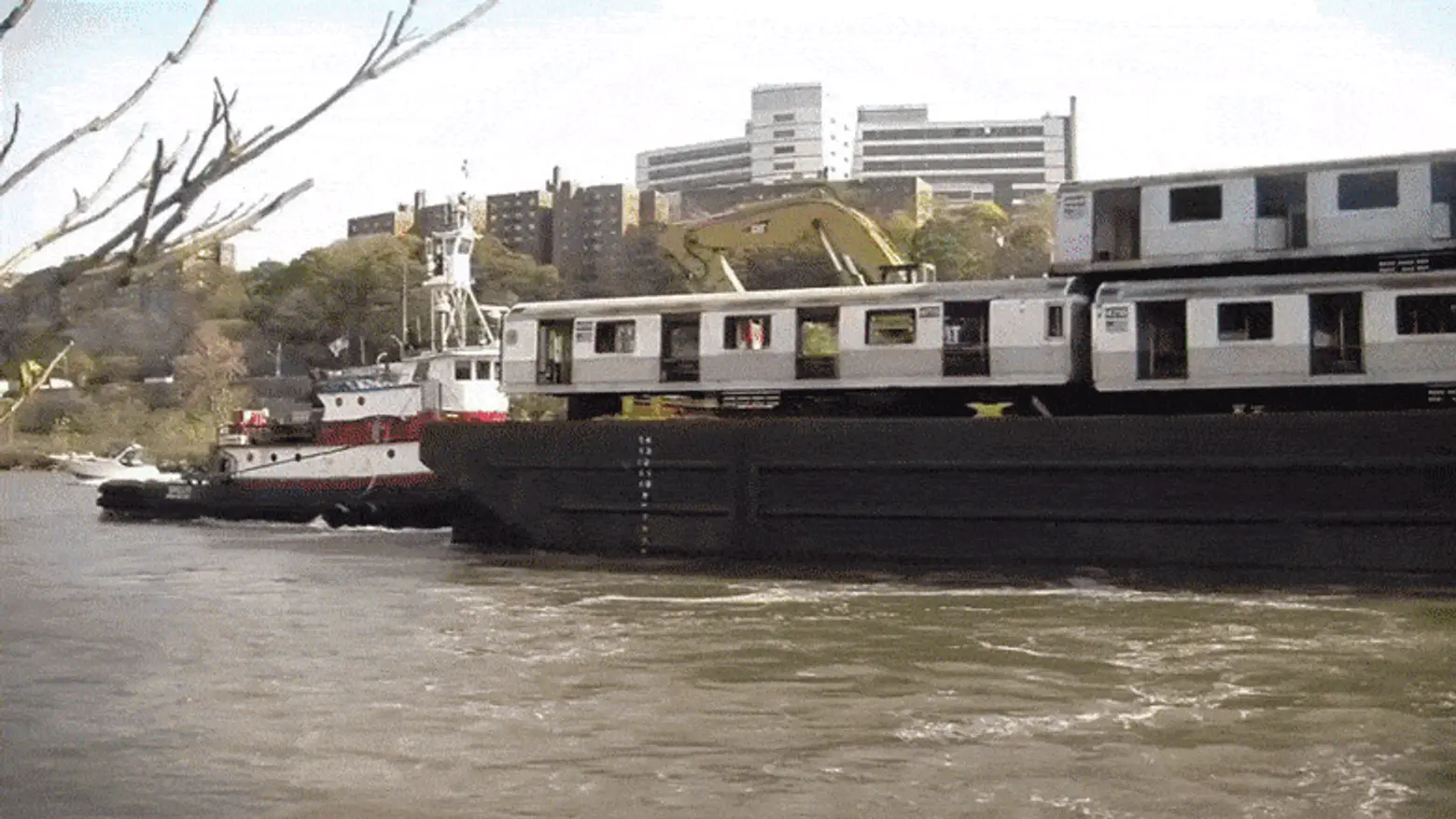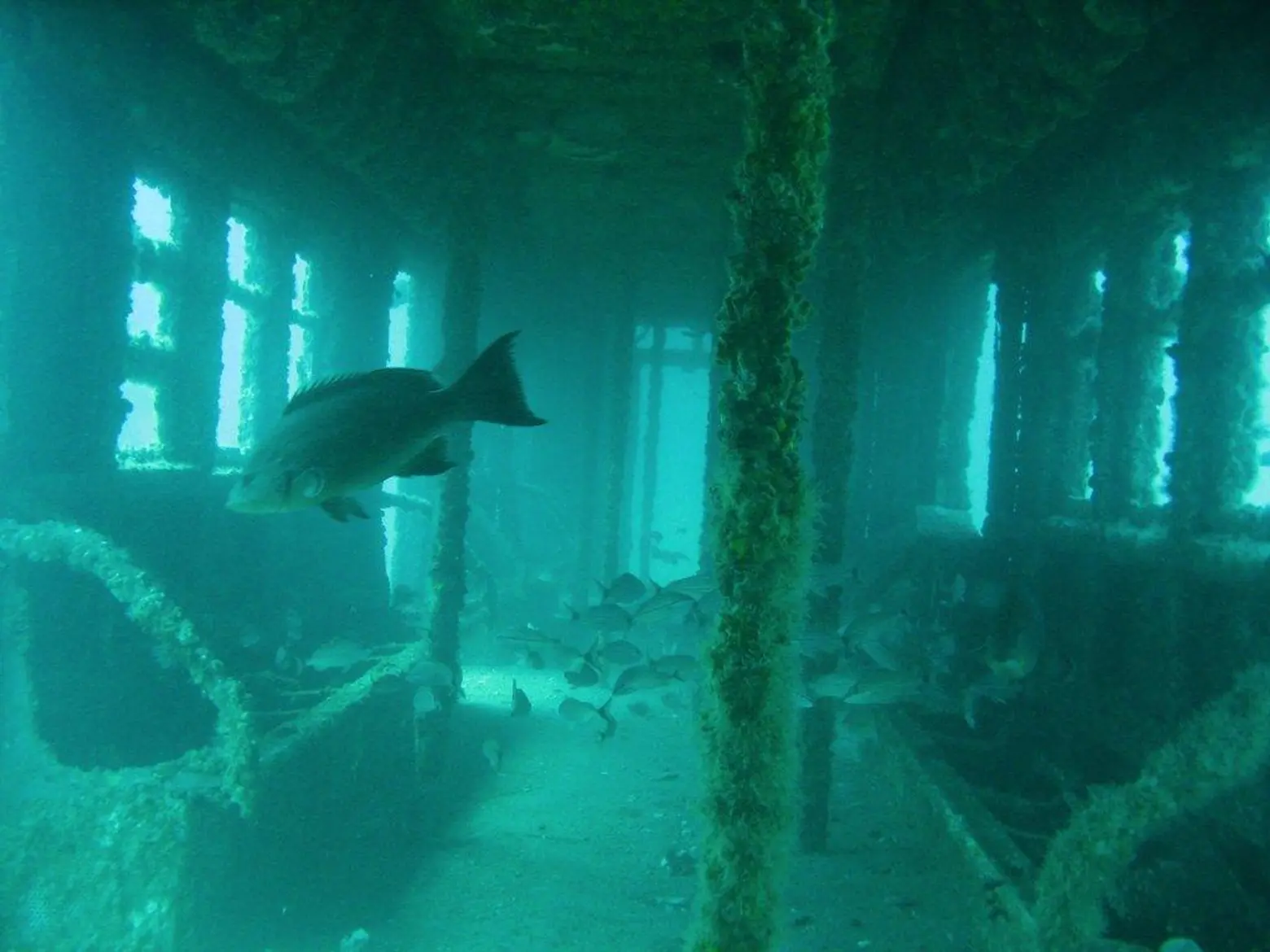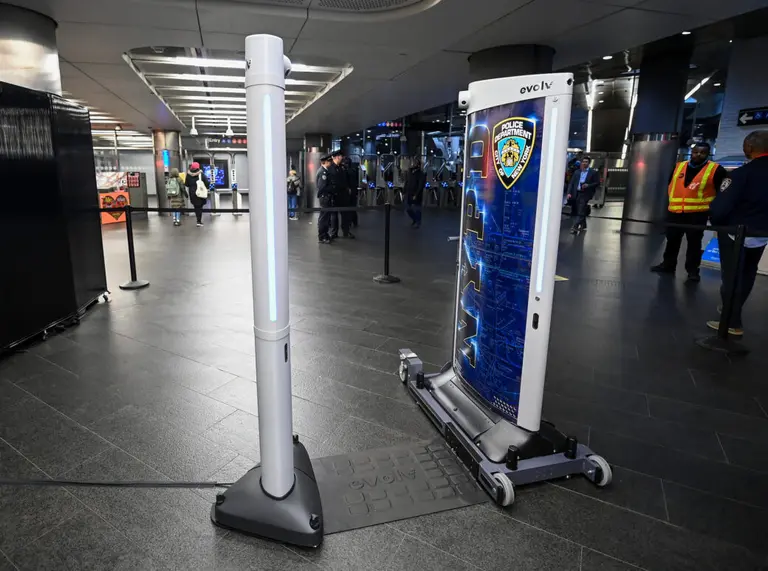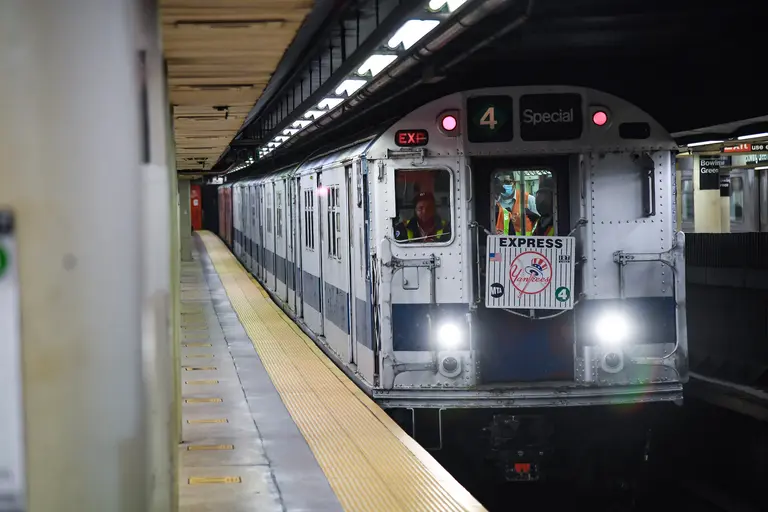VIDEO: The MTA tells all about dumping its subway cars in the Atlantic Ocean

6sqft first learned about the MTA’s interesting history of dumping old subway cars into the Atlantic Ocean through Stephen Mallon‘s insane photo series. The initiative began in late 2000 as a way to create artificial reefs and revive marine life along the Eastern seabed. Today, 2,400 cars now rest on the ocean floor in six states from New Jersey to Georgia, and we even got a peek inside them thanks to footage from novice divers at Express Water Sports, who lead scuba tours of the Bill Perry Reef system in Myrtle Beach, SC. Now, a video from the MTA itself (h/t Tracks) explains the history of the program, its financial viability, the environmental measures involved in the process, and some concerns about the reefs in the future.
By the early 2000s, the MTA had begun phasing out its Redbird subway cars, which were built between 1959 and 1963. As Michael Zacchea, director of the MTA Artificial Reef Program, explains, they were made with asbestos, presenting a disposal problem. New laws dictated that they couldn’t simply scrap them as they had previously, and so they arrived at the reef idea. By doing this, instead of disassembling them and selling the parts and thereby needing to remove the asbestos, the agency saved $12 million.
The amount of asbestos in the cars was minimal enough that it wouldn’t affect marine life or human divers, and the MTA removed all other oils and chemicals, along with glass doors, posters, and seats. And so in 2001, 619 51-foot-long Redbirds were dumped 16 miles off the Delaware shore in what is now called Redbird Reef.

Image via Express Water Sports
Some environmentalists who are skeptical of the program say it’s unclear whether the cars increase the fish population or just attract them to one place. Another concern is that the cars are collapsing sooner than expected. But as Tracks notes, the sandy, muddy ocean floors of the Mid-Atlantic states typically offers “very little in the way of suitable habitats for the sea life,” which is why the reefs are so important. As 6sqft previously explained, “marine organisms attach themselves to hard surfaces–like the metal frames of the train cars–serving as food for other sea creatures and creating an overall healthier habitat.” Plus, they attract more fishers and diver, boosting the local economy. An Untapped article noted that in 2008, Delaware’s reef was visited by 10,000 anglers, a 3,200 percent increase from 1997. Though the MTA dumped its last batch of cars in 2010, it will surely be interesting to see how the reefs fare in the future.
RELATED:



























